Golden Oyster mushrooms (Pleurotus citrinopileatus) represent one of the most visually stunning and flavorful varieties in the oyster mushroom family, captivating growers and chefs with their vibrant yellow-gold coloration and exceptional taste profile. These remarkable fungi combine the reliable growing characteristics that make oyster mushrooms popular with beginners while offering unique aesthetic and culinary qualities that elevate them to gourmet status.
The striking appearance of Golden Oyster mushrooms makes them instantly recognizable and highly sought after for both commercial cultivation and home growing projects. Their brilliant golden-yellow caps create dramatic visual impact in both growing environments and finished dishes, while their delicate, slightly nutty flavor with subtle fruity undertones provides culinary experiences that distinguish them from their more common oyster mushroom relatives.
Understanding the complete potential of Golden Oyster mushrooms requires exploring their unique growing requirements, optimal harvesting techniques, diverse culinary applications, and impressive nutritional benefits. Whether you're a beginning mushroom enthusiast drawn to their beautiful appearance or an experienced cultivator seeking to expand your growing repertoire, Golden Oyster mushrooms offer rewarding experiences that combine visual beauty with exceptional taste and substantial health benefits.
Understanding Golden Oyster Mushroom Characteristics
Distinctive Physical Features and Identification
Golden Oyster mushrooms possess unique characteristics that make them easily identifiable and highly prized:
Visual Identification Markers:
- Vibrant golden-yellow coloration ranging from pale lemon to deep golden tones
- Fan-shaped caps with characteristic oyster mushroom morphology
- Delicate, thin texture more fragile than standard oyster mushrooms
- Clustered growth pattern forming beautiful bouquet-like arrangements
- Size variation individual caps typically 1-3 inches in diameter
Distinguishing Characteristics:
- Color intensity deepening from pale yellow when young to rich gold at maturity
- Smooth cap surface with silky, almost luminous appearance
- White to cream-colored gills contrasting beautifully with golden caps
- Slender stems proportionally thinner than other oyster varieties
- Fragile structure requiring gentle handling during harvest and preparation
Growth Pattern Recognition:
- Shelf-like formation growing in overlapping clusters from substrates
- Rapid development quick progression from pinheads to mature mushrooms
- Temperature sensitivity preferring cooler conditions than some oyster varieties
- Light responsiveness cap color influenced by lighting conditions during growth
- Cluster organization neat, organized growth patterns making harvesting straightforward
Varieties and Genetic Strains
Several distinct strains of Golden Oyster mushrooms offer different characteristics:
Standard Golden Oyster (Pleurotus citrinopileatus):
- Classic variety most commonly available for cultivation and purchase
- Balanced characteristics optimal combination of color, flavor, and growing traits
- Reliable performance consistent results in both commercial and home cultivation
- Wide adaptability tolerating various growing conditions and substrates
- Market preference most recognized variety in commercial markets
Intense Golden Strains:
- Enhanced coloration deeper, more vibrant golden hues
- Specialty breeding developed for maximum visual impact
- Premium applications preferred for high-end culinary presentations
- Limited availability often found through specialty mushroom suppliers
- Higher price point commanding premium prices due to enhanced aesthetics
Cold-Adapted Varieties:
- Temperature tolerance better performance in cooler growing conditions
- Extended growing season ability to produce in lower temperature ranges
- Outdoor cultivation suitable for outdoor growing in temperate climates
- Seasonal production optimal for fall and winter cultivation cycles
- Regional adaptation bred for specific geographic growing conditions

Nutritional Profile and Health Benefits
Comprehensive Nutritional Analysis
Golden Oyster mushrooms provide exceptional nutritional value with unique beneficial compounds:
Macronutrient Composition:
- High-quality protein containing 3.5-4 grams per 100 grams fresh weight
- Complete amino acid profile all essential amino acids for optimal human nutrition
- Low calorie density approximately 33 calories per 100 grams fresh mushrooms
- Complex carbohydrates providing sustained energy without blood sugar spikes
- Minimal fat content less than 0.5 grams per serving with beneficial fatty acid ratios
Vitamin and Mineral Density:
- B-vitamin complex particularly rich in niacin, riboflavin, and pantothenic acid
- Vitamin D2 naturally occurring vitamin D supporting bone health and immunity
- Potassium abundance 400mg per 100 grams supporting cardiovascular function
- Selenium content powerful antioxidant mineral for cellular protection
- Copper levels essential for iron absorption and connective tissue health
Unique Bioactive Compounds:
- Beta-glucan polysaccharides immune-supporting compounds with proven efficacy
- Ergothioneine rare antioxidant amino acid with exceptional cellular protective properties
- Lovastatin natural cholesterol-lowering compounds found in higher concentrations
- Pleurotonic acid unique compounds specific to Pleurotus species
- Carotenoids contributing to golden color and providing antioxidant benefits
Specific Health Benefits and Therapeutic Properties
Research reveals numerous health advantages associated with Golden Oyster mushroom consumption:
Immune System Enhancement:
- Beta-glucan activation stimulating immune cell function and pathogen recognition
- Antioxidant protection shielding immune cells from oxidative damage
- Anti-inflammatory effects reducing chronic inflammation that compromises immunity
- Antimicrobial properties natural compounds supporting defense against pathogens
- Seasonal wellness strengthening resistance during challenging weather periods
Cardiovascular Health Support:
- Cholesterol management through natural statin compounds and soluble fiber
- Blood pressure regulation via potassium content and vascular support compounds
- Heart rhythm stability through mineral balance and electrolyte support
- Arterial health compounds supporting flexible, healthy blood vessel function
- Circulation enhancement improving blood flow and oxygen delivery throughout the body
Metabolic and Digestive Benefits:
- Blood sugar stabilization preventing glucose spikes and supporting insulin sensitivity
- Digestive health prebiotic fiber supporting beneficial gut bacteria populations
- Satiety enhancement protein and fiber content promoting feelings of fullness
- Metabolic rate support B-vitamins essential for efficient energy metabolism
- Detoxification support compounds that may assist liver function and elimination
Cultivation and Growing Techniques
Optimal Growing Conditions
Golden Oyster mushrooms require specific environmental conditions for successful cultivation:
Temperature Requirements:
- Colonization temperature 75-80°F (24-27°C) for optimal mycelium growth
- Fruiting temperature 60-70°F (15-21°C) for best mushroom development
- Temperature sensitivity more sensitive to heat than standard oyster varieties
- Seasonal considerations preferring cooler periods for outdoor cultivation
- Climate control importance of consistent temperature maintenance
Humidity and Air Quality:
- High humidity requirements 85-95% relative humidity during fruiting
- Fresh air exchange adequate ventilation preventing CO2 buildup
- Air circulation gentle movement preventing stagnant conditions
- Misting protocols regular misting to maintain surface moisture
- Humidity cycling allowing slight humidity fluctuations for natural stimulation
Lighting Considerations:
- Indirect light requirements bright but not direct sunlight
- Color development proper lighting enhancing golden cap coloration
- Photoperiod sensitivity responding to natural light cycles
- Artificial lighting LED or fluorescent options for indoor cultivation
- Light intensity moderate levels sufficient for healthy development
Substrate Preparation and Inoculation
Proper substrate preparation ensures successful Golden Oyster mushroom cultivation:
Preferred Growing Media:
- Straw substrates wheat, rice, or barley straw providing excellent results
- Hardwood sawdust mixed with nutritional supplements for enhanced growth
- Agricultural waste corn stalks, cotton seed hulls, and similar materials
- Coffee grounds used coffee grounds as partial substrate component
- Supplemented media addition of wheat bran, rice bran, or other nutrients
Substrate Processing:
- Sterilization methods steam treatment or pasteurization for contamination prevention
- Moisture optimization achieving 60-65% moisture content in substrate
- pH adjustment maintaining slightly alkaline conditions (6.5-7.5 pH)
- Cooling procedures allowing substrates to cool before inoculation
- Quality control ensuring substrate quality and contamination absence
Inoculation Techniques:
- Spawn selection choosing high-quality Golden Oyster mushroom spawn
- Inoculation rate using appropriate spawn-to-substrate ratios
- Mixing methods thorough, even distribution throughout substrate
- Sterile technique maintaining cleanliness during inoculation process
- Container selection choosing appropriate growing containers or bags
Growing Timeline and Harvest Management
Understanding the Golden Oyster mushroom growing cycle optimizes results:
Colonization Phase:
- Duration 10-14 days for complete substrate colonization
- Visual indicators white mycelium growth throughout substrate
- Environmental conditions maintaining optimal temperature and humidity
- Monitoring protocols daily observation for contamination or problems
- Transition preparation preparing for fruiting condition changes
Fruiting Development:
- Pinhead formation initial mushroom development within 3-5 days
- Rapid growth mushrooms doubling in size daily during active growth
- Color development caps transitioning from pale to golden yellow
- Maturity indicators caps flattening and reaching full size
- Harvest timing picking at optimal maturity for best flavor and texture
Multiple Flush Management:
- First flush typically the largest and highest quality harvest
- Rest period allowing substrate to recover between flushes
- Subsequent flushes usually 2-3 additional harvests possible
- Declining yields each flush typically smaller than the previous
- Timing intervals 7-10 days between flush cycles
Culinary Applications and Cooking Techniques
Fundamental Preparation Methods
Proper preparation preserves Golden Oyster mushrooms' delicate characteristics:
Gentle Cleaning Techniques:
- Minimal handling avoiding damage to fragile caps and stems
- Soft brush cleaning removing substrate debris without water exposure
- Careful inspection checking for any damaged or deteriorated portions
- Stem trimming removing tough base portions while preserving edible stems
- Cluster separation gently separating individual mushrooms from clusters
Pre-Cooking Preparation:
- Size consistency cutting to uniform sizes for even cooking
- Moisture management ensuring mushrooms are dry before cooking
- Temperature consideration bringing mushrooms to room temperature before cooking
- Seasoning preparation having seasonings ready for quick application
- Timing coordination preparing other ingredients to complement mushroom cooking
Optimal Cooking Methods
Golden Oyster mushrooms respond best to gentle cooking techniques that preserve their delicate nature:
Quick Sautéing Technique:
- High heat preparation preheating pan to medium-high temperature
- Minimal oil use using just enough oil to prevent sticking
- Brief cooking time 2-3 minutes total cooking to preserve texture
- Gentle stirring minimal movement to prevent breaking
- Quick seasoning adding salt and herbs at the end of cooking
Light Steaming Method:
- Steam setup creating gentle steam environment
- Short duration 2-3 minutes steaming to maintain crispness
- Color preservation steaming helps maintain vibrant golden color
- Texture retention preserving delicate texture better than other methods
- Seasoning application adding seasonings after steaming
Tempura and Light Frying:
- Delicate batter using light, airy batters that don't overpower
- Oil temperature maintaining 350°F for quick, crispy results
- Brief immersion 1-2 minutes frying to achieve golden crispness
- Immediate serving serving hot for best texture and presentation
- Dipping sauces complementary sauces that enhance rather than mask flavors
Creative Culinary Applications
Showcasing Golden Oyster mushrooms in innovative preparations:
Garnish and Presentation:
- Color accent using golden mushrooms as vibrant plate garnishes
- Texture contrast adding delicate crunch to creamy dishes
- Visual impact leveraging beautiful golden color for dramatic presentation
- Elegant plating incorporating into fine dining presentations
- Seasonal themes using in autumn-themed dishes and decorations
Asian-Inspired Preparations:
- Delicate stir-fries quick cooking with minimal seasonings
- Soup garnishes floating on clear broths for color and flavor
- Sushi applications using as colorful sushi or sashimi garnishes
- Tea ceremony incorporating into traditional tea service presentations
- Pickled preparations creating beautiful pickled mushroom preparations
European Culinary Integration:
- French techniques incorporating into classical French preparation methods
- Italian applications using in delicate pasta dishes and risottos
- Spanish preparations featuring in tapas and small plate presentations
- German applications integrating into traditional Central European dishes
- Scandinavian uses incorporating into Nordic cuisine presentations
Quality Selection and Storage
Identifying Premium Golden Oyster Mushrooms
Selecting the highest quality mushrooms ensures optimal culinary results:
Visual Quality Assessment:
- Color vibrancy rich, consistent golden-yellow coloration throughout caps
- Structural integrity caps and stems firmly attached without separation
- Surface condition smooth, dry surfaces without slimy or sticky areas
- Size appropriateness mushrooms showing proper development for the variety
- Overall appearance fresh, vibrant appearance without wilting or darkening
Freshness Indicators:
- Pleasant aroma fresh, slightly sweet scent characteristic of quality mushrooms
- Firm texture slight give under gentle pressure without mushiness
- Clean appearance free from dirt, substrate debris, or foreign materials
- Recent harvest understanding harvest timing and storage duration
- Proper handling evidence of careful harvesting and transport
Avoiding Quality Issues:
- Dark spots indicating age or potential spoilage development
- Slimy texture suggesting bacterial growth or excessive moisture exposure
- Off odors any unpleasant or sour smells indicating deterioration
- Broken structures damaged caps or stems from poor handling
- Faded color loss of golden color intensity indicating age
Optimal Storage Techniques
Proper storage extends Golden Oyster mushroom freshness and quality:
Refrigeration Best Practices:
- Temperature control maintaining 32-36°F for optimal freshness retention
- Humidity management preventing excess moisture while avoiding dehydration
- Air circulation ensuring adequate ventilation around stored mushrooms
- Container selection using breathable materials like paper bags or perforated plastic
- Storage duration consuming within 3-5 days for best quality
Handling and Packaging:
- Gentle handling minimizing physical damage during storage
- Appropriate containers using containers that accommodate delicate structure
- Separation from strong odors keeping away from pungent foods
- Regular inspection checking stored mushrooms for quality changes
- First-in-first-out using older mushrooms before newer purchases
Preservation Methods
Extending Golden Oyster mushroom availability through preservation:
Drying Techniques:
- Low-temperature drying preserving color and nutritional content
- Uniform preparation slicing to consistent thickness for even drying
- Color retention using methods that maintain golden coloration
- Storage considerations protecting dried mushrooms from light and moisture
- Rehydration methods techniques for restoring dried mushrooms
Freezing Applications:
- Blanching preparation brief cooking before freezing for better texture
- Flash freezing individual freezing for better final quality
- Portion packaging freezing in convenient serving sizes
- Quality expectations understanding texture changes after freezing
- Usage applications best uses for frozen Golden Oyster mushrooms
Specialty Preservation:
- Pickling methods creating preserved mushrooms with enhanced flavors
- Oil preservation storing in flavored oils for extended use
- Salt preservation traditional preservation using salt curing
- Fermentation projects exploring fermented Golden Oyster preparations
- Value-added products creating mushroom powders and seasoning blends
Economic and Market Considerations
Commercial Market Analysis
Understanding the Golden Oyster mushroom market informs purchasing and growing decisions:
Market Positioning:
- Specialty product positioned as premium mushroom variety
- Price premium typically commanding higher prices than standard oysters
- Target markets focusing on gourmet restaurants and high-end consumers
- Seasonal demand varying demand based on seasonal preferences
- Geographic markets stronger demand in urban and affluent areas
Supply Chain Factors:
- Limited producers fewer growers compared to standard mushroom varieties
- Transportation challenges delicate nature requiring careful handling
- Shelf life considerations shorter storage life affecting distribution
- Quality maintenance need for temperature-controlled supply chains
- Packaging requirements specialized packaging for fragile mushrooms
Pricing Dynamics:
- Premium pricing 50-100% higher than standard oyster mushrooms
- Quality premiums highest quality commanding top prices
- Volume discounts bulk purchasing opportunities for restaurants
- Seasonal variations price fluctuations based on supply and demand
- Local vs. shipped price advantages for locally grown products
Home Cultivation Economics
Cost-benefit analysis of growing Golden Oyster mushrooms at home:
Initial Investment:
- Startup costs equipment and supplies for beginning cultivation
- Space requirements dedicated growing space with environmental control
- Learning curve time investment for developing growing skills
- Success rates realistic expectations for beginner success
- Quality outcomes comparing home-grown quality to commercial products
Ongoing Economics:
- Supply costs substrate materials, spawn, and consumables
- Utility expenses heating, cooling, and lighting costs
- Time investment labor requirements for successful cultivation
- Yield expectations realistic harvest projections for cost analysis
- Value comparison comparing costs to retail mushroom prices
Long-term Benefits:
- Skill development increasing efficiency and yields over time
- Quality control ensuring consistent quality through direct cultivation
- Satisfaction factors non-monetary benefits of home food production
- Educational value learning experiences and skill development
- Community sharing opportunities for sharing knowledge and harvests
Advanced Growing Techniques and Innovations
Optimization Strategies
Advanced techniques for maximizing Golden Oyster mushroom production:
Environmental Fine-Tuning:
- Micro-climate control precise environmental management for optimal results
- Lighting optimization specific lighting regimens for enhanced color development
- Humidity cycling strategic humidity variations for improved mushroom quality
- Temperature programming thermal cycling for enhanced production
- Air quality management CO2 supplementation and fresh air optimization
Substrate Enhancement:
- Nutritional supplementation optimizing substrate nutrition for maximum yields
- pH buffering maintaining optimal acidity levels throughout growing cycle
- Moisture optimization precise moisture control for different growth phases
- Sterilization refinement advanced sterilization techniques for contamination prevention
- Substrate recycling methods for reusing spent substrates
Production Scaling:
- Commercial techniques adapting commercial methods for home use
- Automation integration using technology for consistent environmental control
- Monitoring systems sensors and data logging for optimization
- Quality standardization techniques for consistent mushroom quality
- Efficiency improvements streamlining processes for better productivity
Troubleshooting and Problem Resolution
Addressing common challenges in Golden Oyster mushroom cultivation:
Environmental Issues:
- Temperature fluctuations managing heating and cooling for consistency
- Humidity problems solving over or under-humidity conditions
- Air circulation optimizing airflow without creating drafts
- Lighting issues correcting inadequate or excessive lighting
- Contamination prevention identifying and preventing common contaminants
Production Problems:
- Poor yields diagnosing and correcting low production issues
- Quality variations addressing inconsistent mushroom quality
- Color development enhancing golden coloration through environmental control
- Timing issues synchronizing harvests and managing production cycles
- Substrate problems solving issues with growing medium performance
Harvesting and Post-Harvest:
- Optimal timing determining perfect harvest moments for quality
- Handling techniques preventing damage during harvest and processing
- Storage optimization maintaining quality after harvest
- Processing efficiency streamlining post-harvest procedures
- Quality maintenance preserving appearance and nutritional value

Conclusion: Embracing the Golden Opportunity
Golden Oyster mushrooms represent a unique intersection of visual beauty, culinary excellence, and nutritional superiority that makes them exceptional additions to both growing projects and kitchen applications. Their stunning golden appearance combined with delicate flavor and impressive health benefits positions them as premium ingredients that elevate both the aesthetic and nutritional value of meals while providing rewarding cultivation experiences.
The relative ease of growing Golden Oyster mushrooms, combined with their striking appearance and gourmet appeal, makes them ideal choices for both beginning cultivators seeking visually rewarding projects and experienced growers looking to diversify their production with premium varieties. Their forgiving nature and reliable performance provide confidence-building experiences while their market value offers potential economic benefits for those considering small-scale commercial production.
Understanding the complete potential of Golden Oyster mushrooms—from optimal cultivation techniques through advanced culinary applications—empowers both growers and cooks to maximize the benefits of these remarkable fungi. Whether incorporated into elegant restaurant presentations, used as stunning garnishes for home entertaining, or grown as rewarding cultivation projects, Golden Oyster mushrooms offer experiences that combine practical value with aesthetic pleasure.
The future of Golden Oyster mushroom cultivation and culinary application looks increasingly bright as more people discover their unique qualities and potential applications. As interest in sustainable food production, gourmet ingredients, and functional foods continues to grow, these beautiful fungi are positioned to play increasingly important roles in both commercial agriculture and home food production, offering golden opportunities for those ready to explore their remarkable potential.

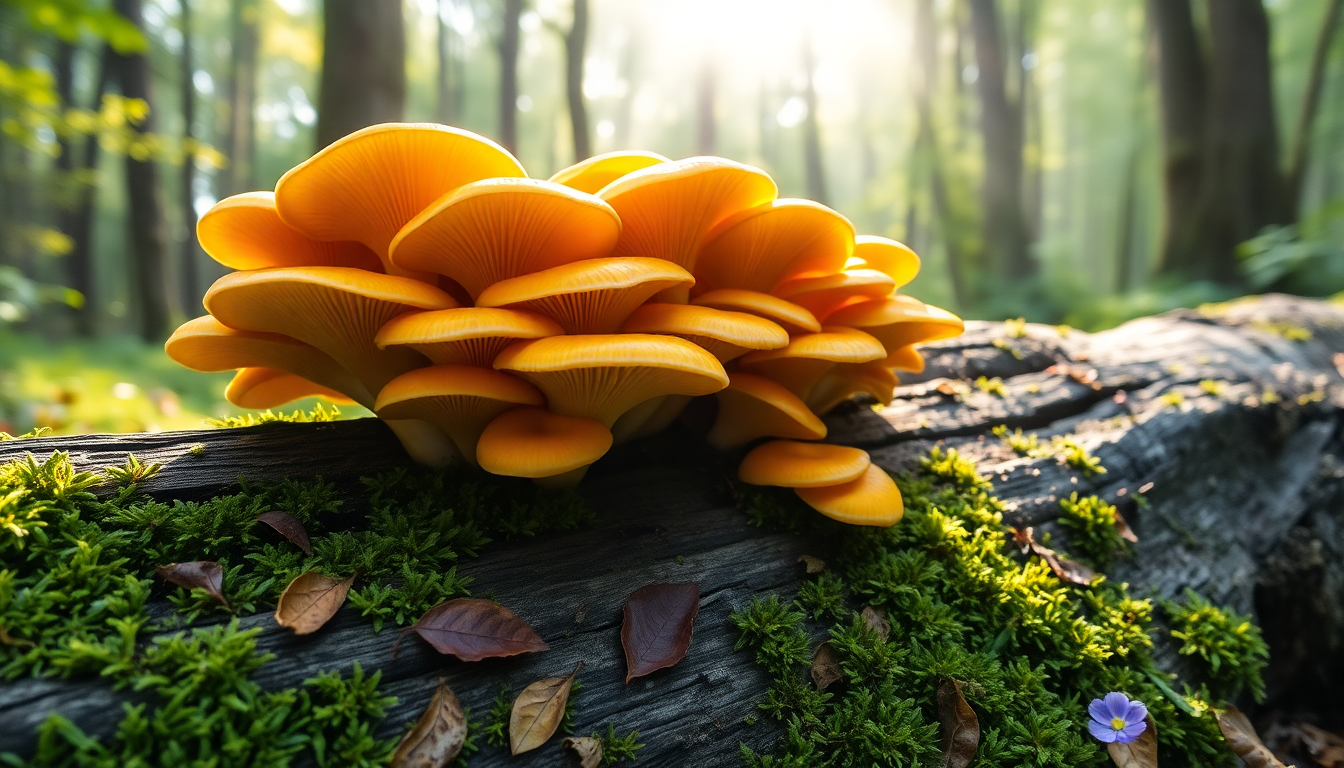
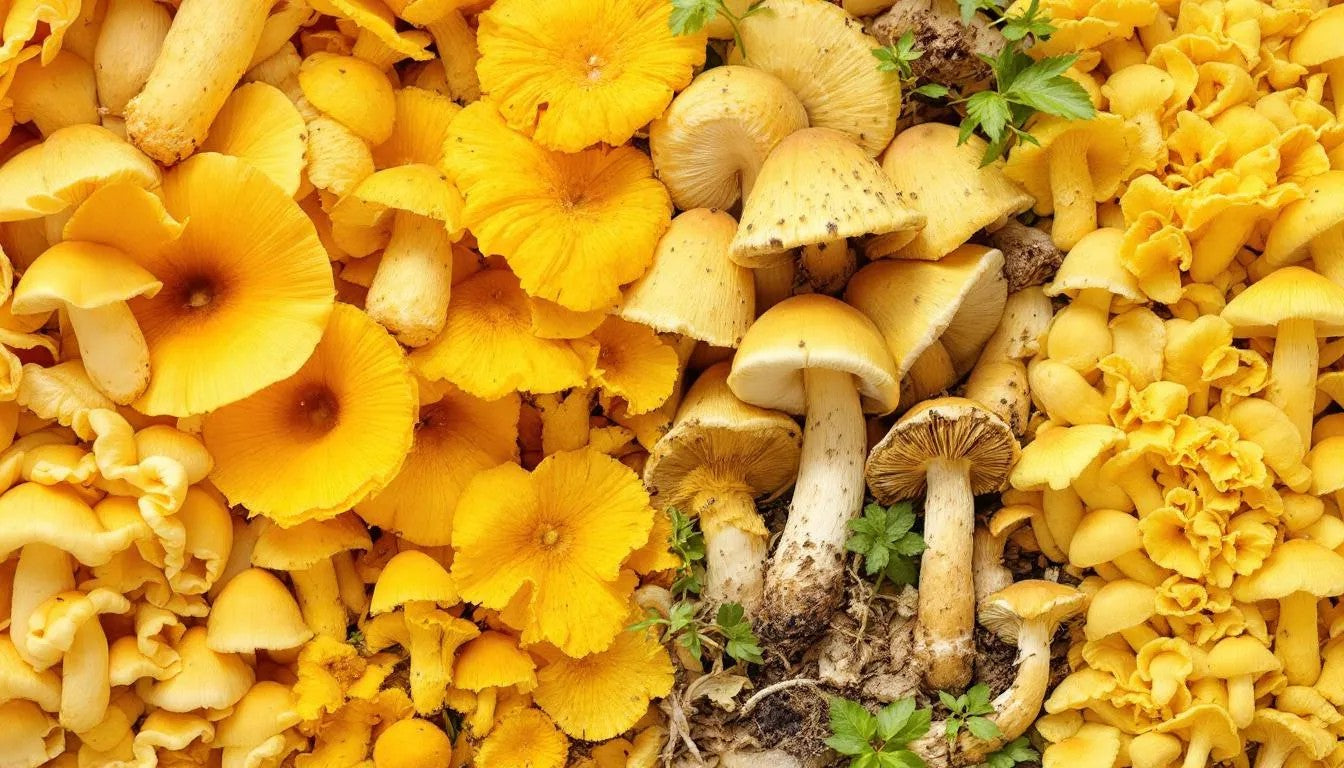

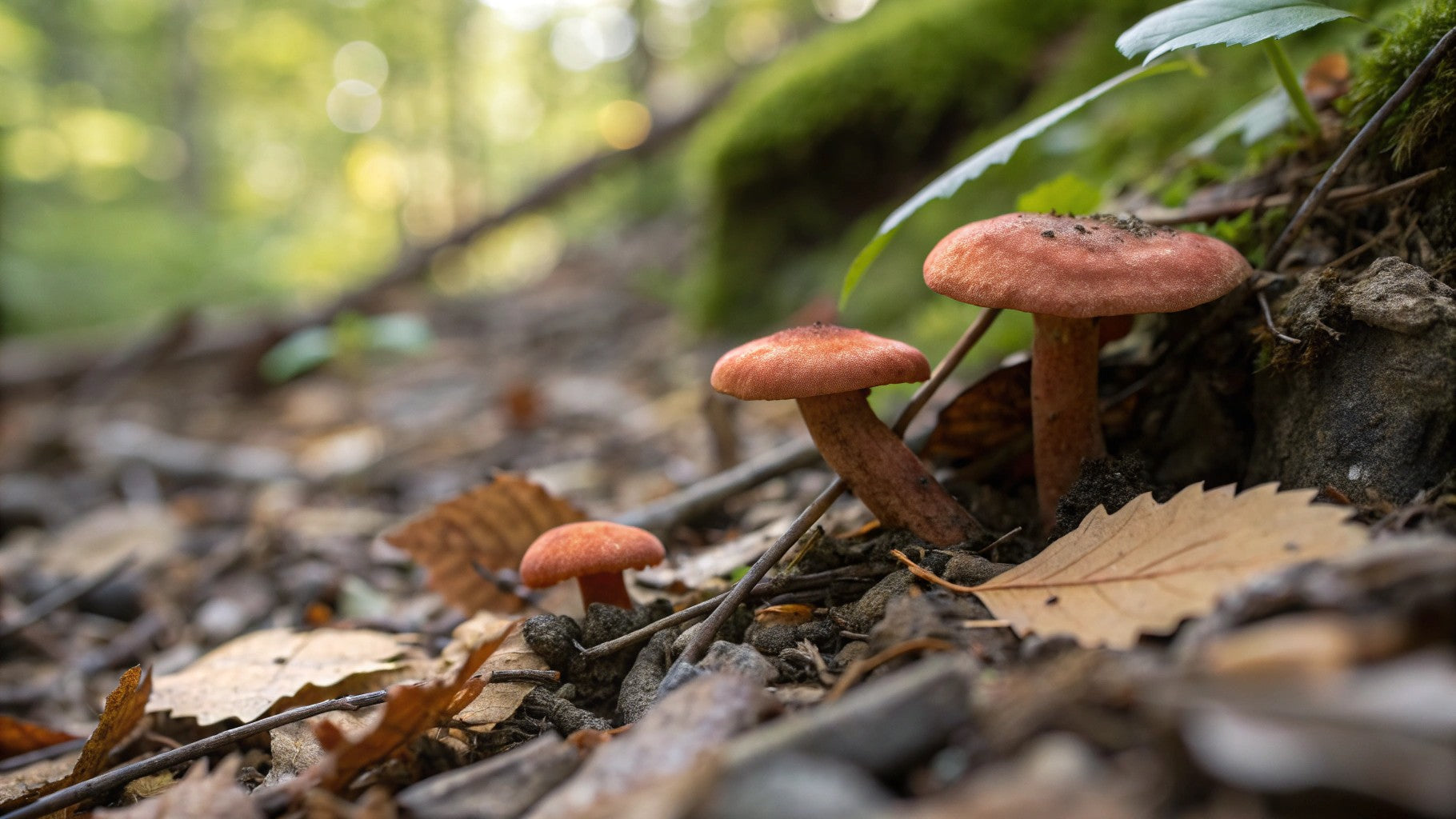
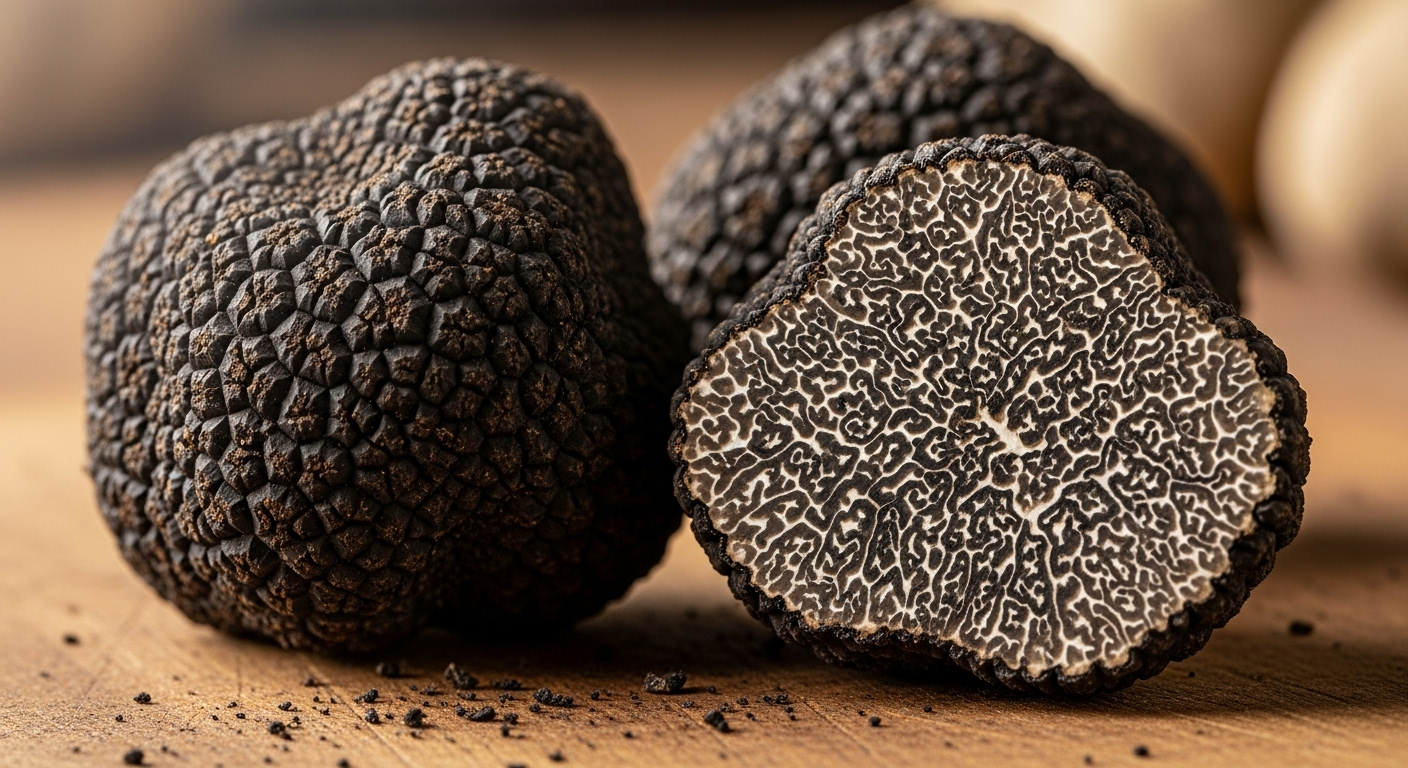
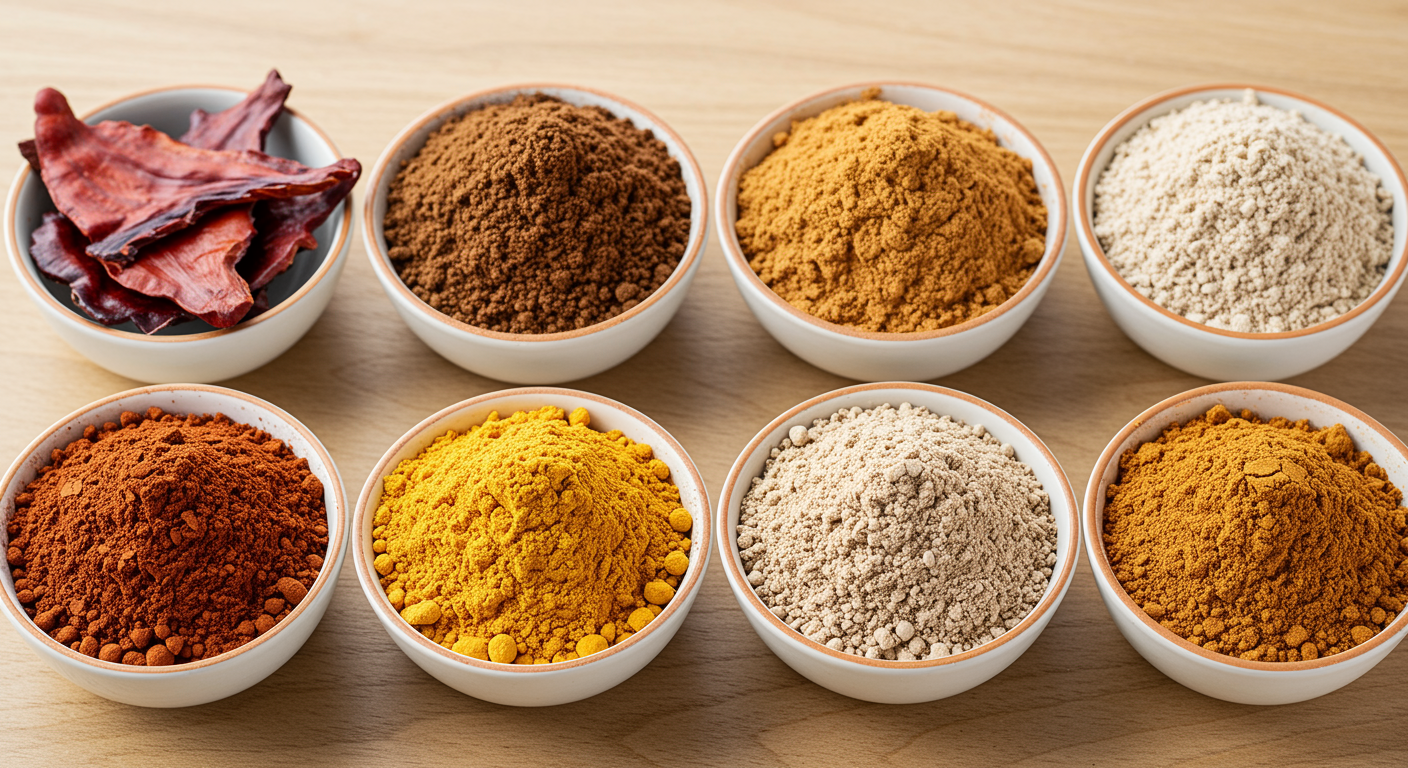

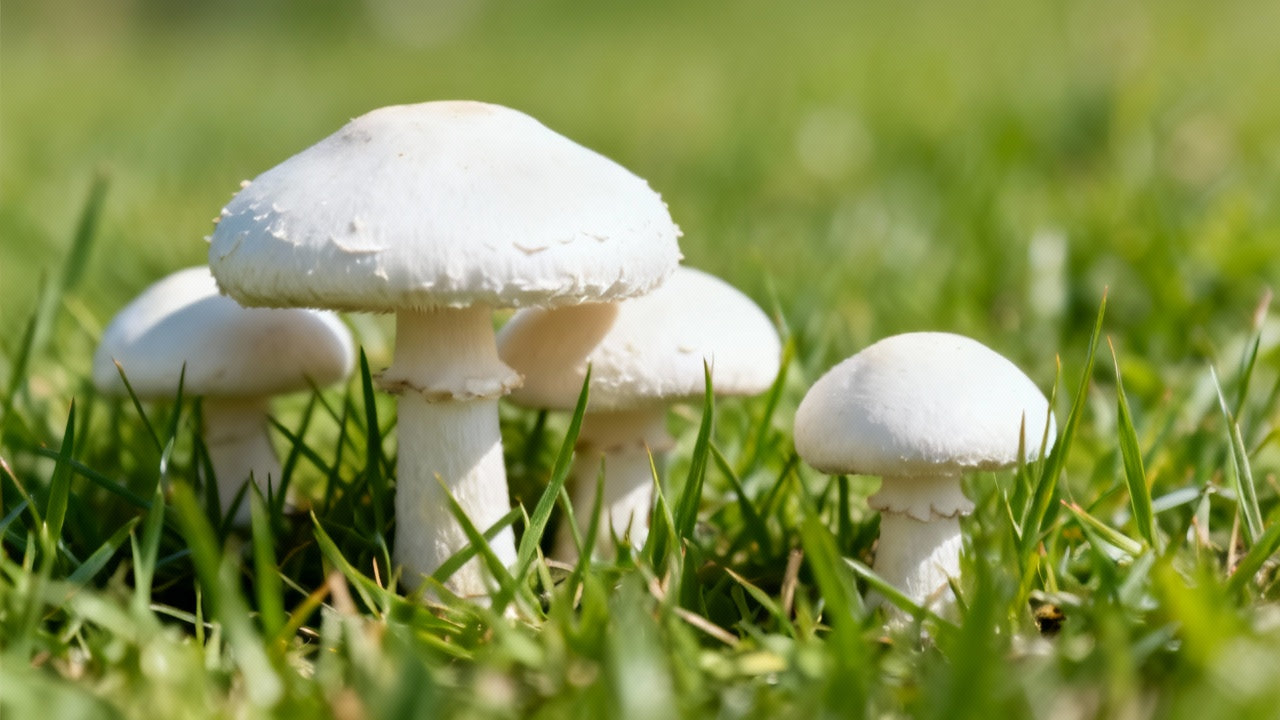
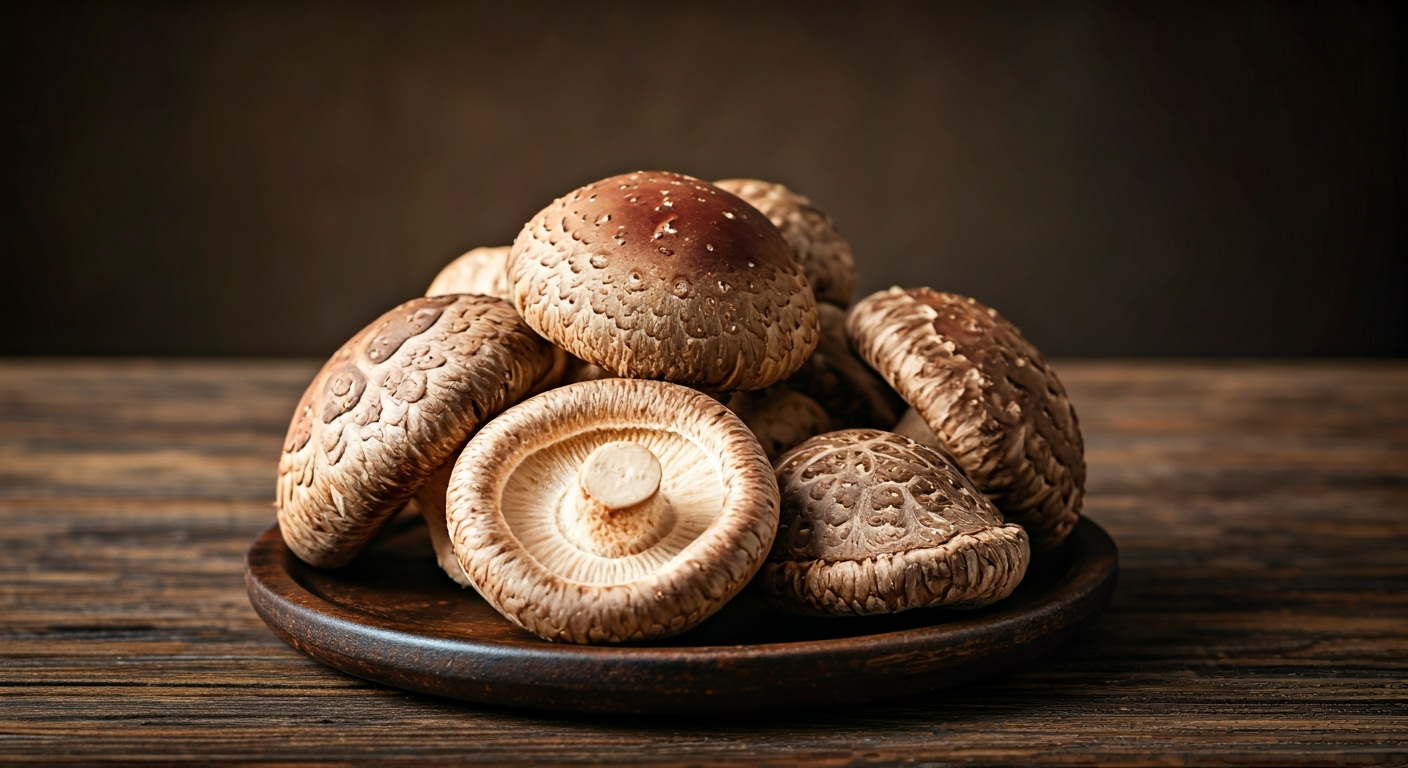
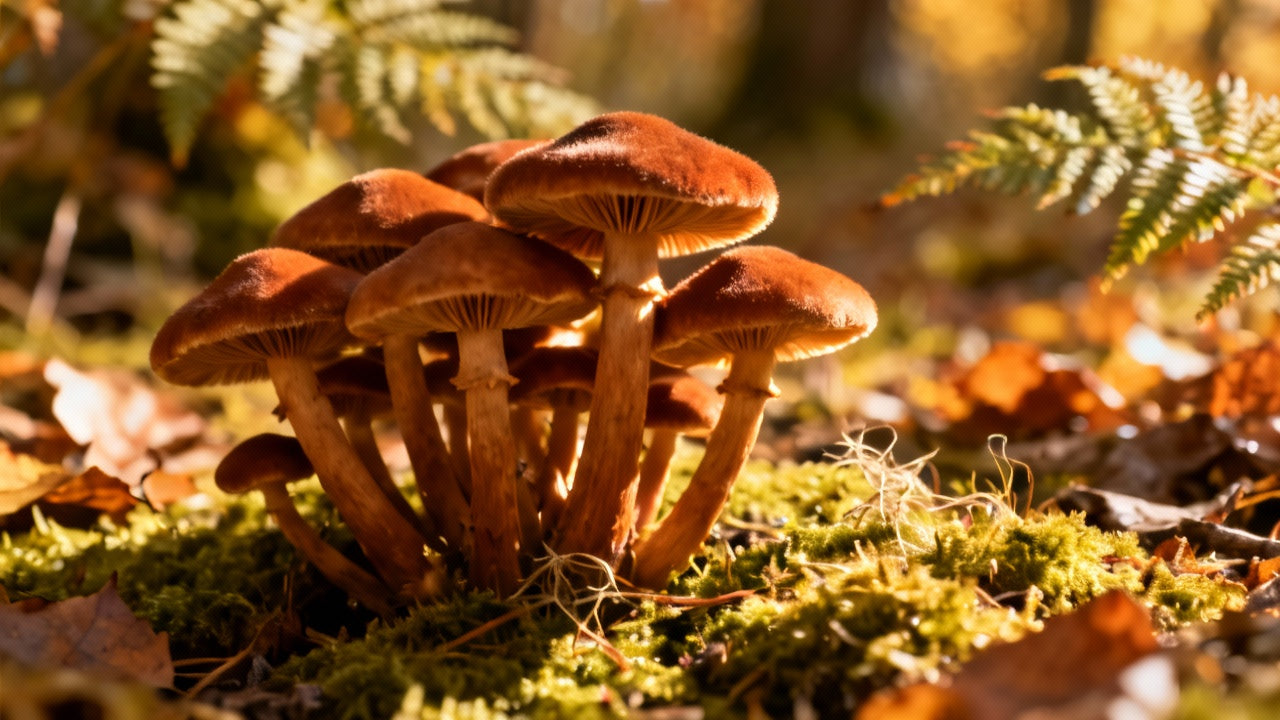
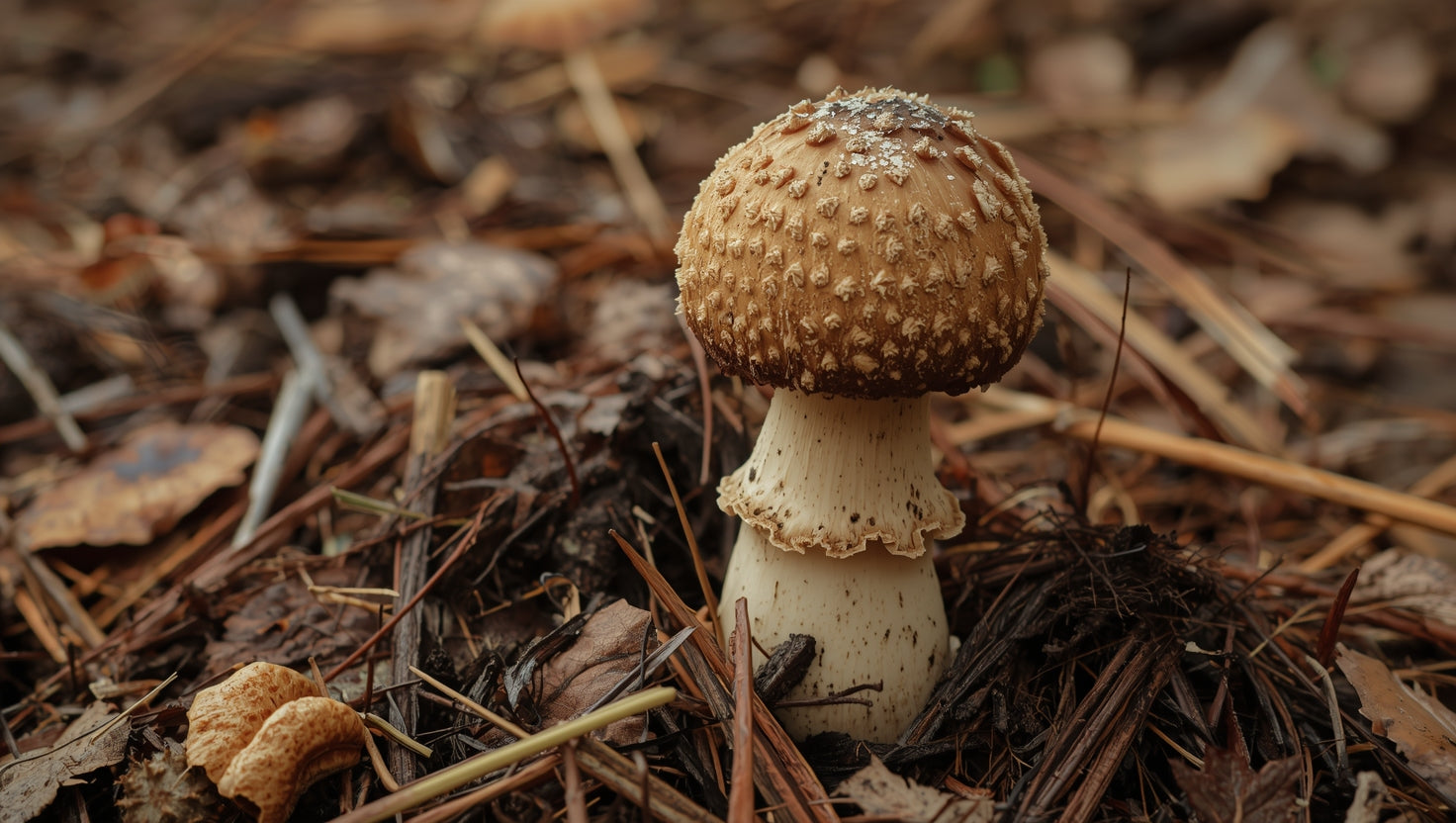
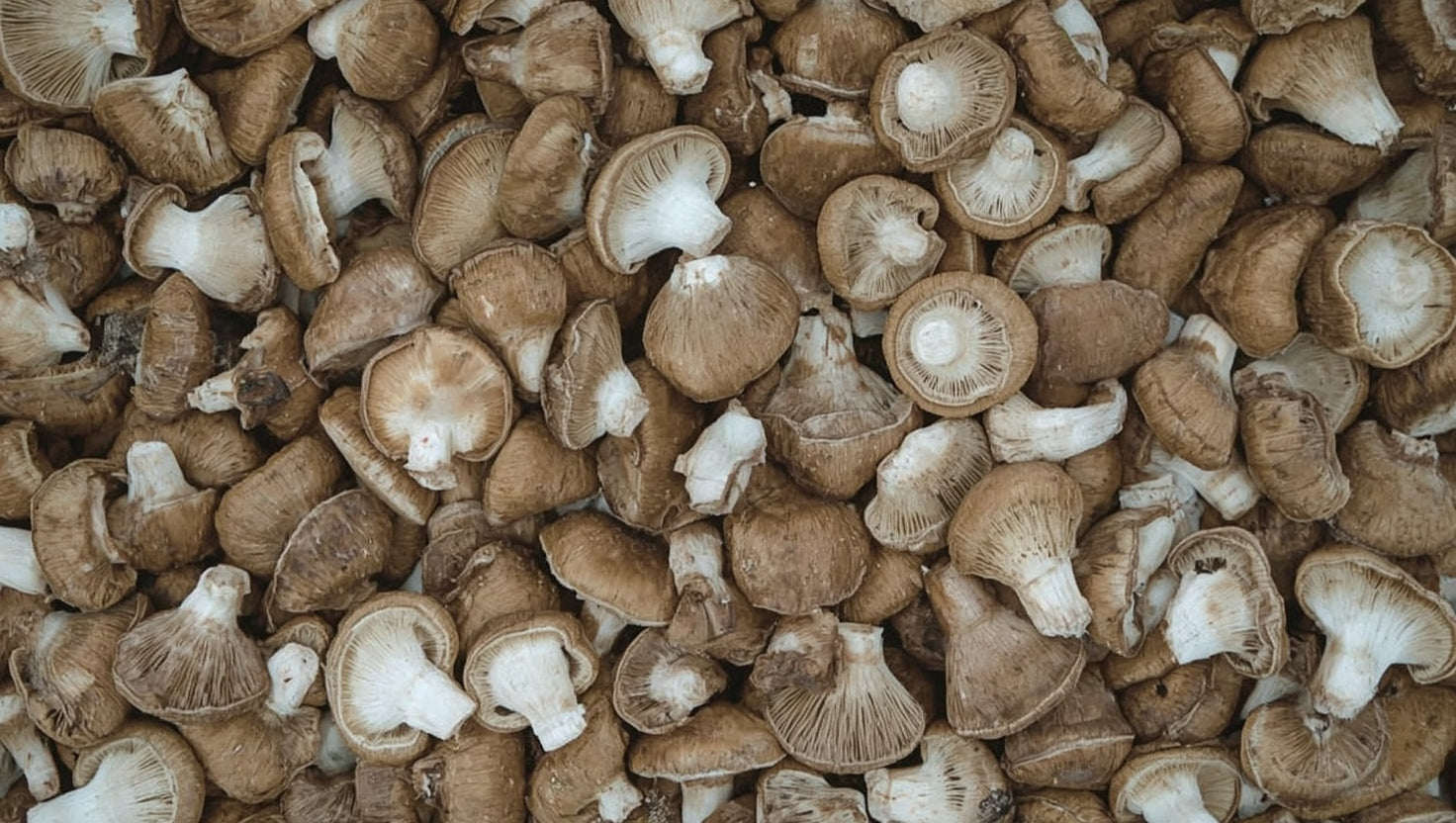
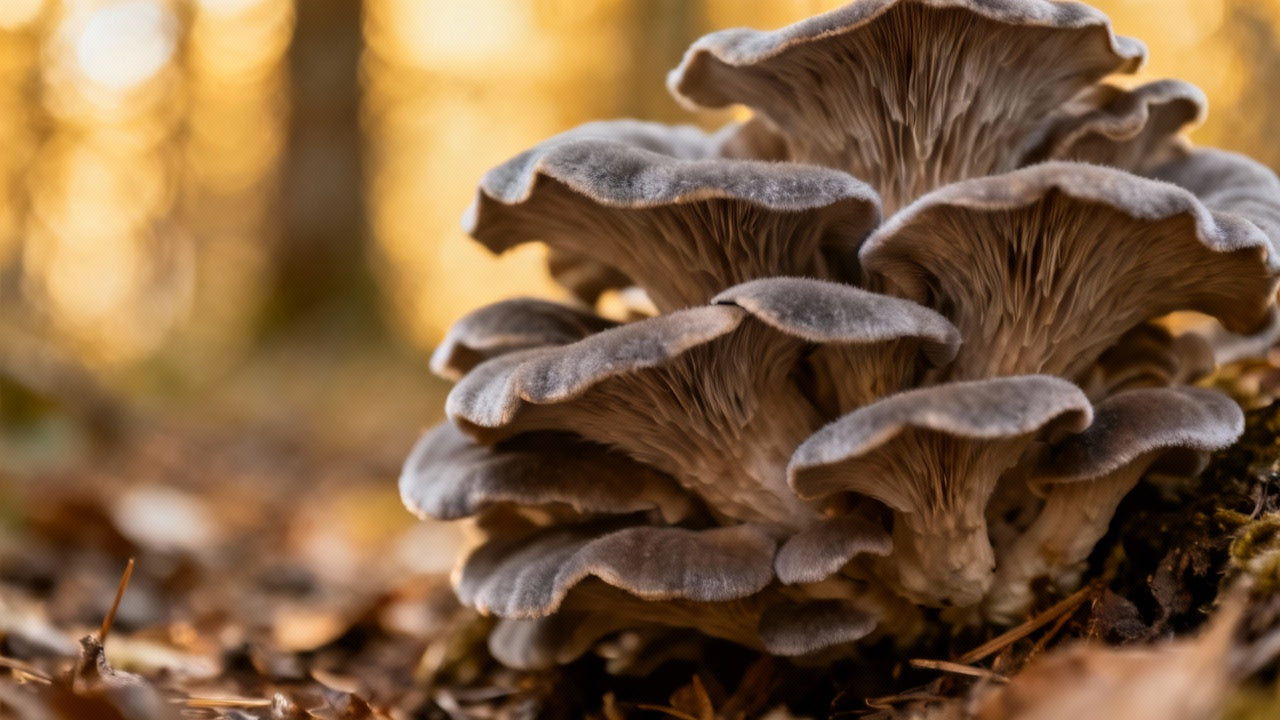
Share:
Porcini Mushrooms - Rich Flavor for Gourmet Cooking
Wood Ear Mushrooms: A Culinary and Medicinal Treasure of Nature